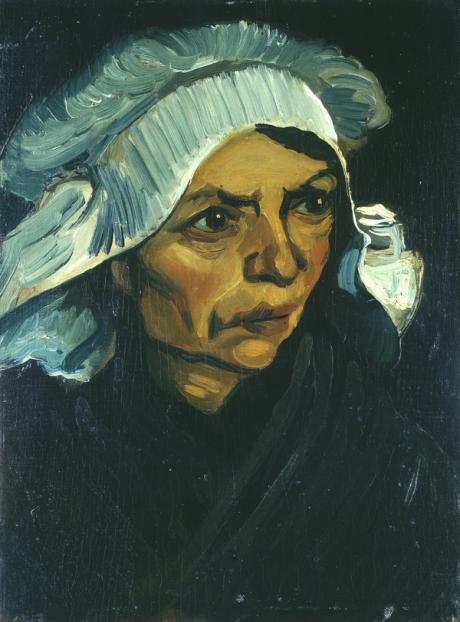Bührle Foundation’s provenance research is inadequate, report finds


An independent report found that the E. G. Bührle Foundation’s provenance research into its troubled collection, on display at the Kunsthaus Zurich, is “not sufficient” and that the former Jewish owners of many works are omitted in the foundation’s published findings.
The report, presented today in Zurich by Raphael Gross, the president of the German Historical Museum in Berlin, was commissioned by the canton and city of Zurich and the trustees of the Kunsthaus after critics accused the foundation of “white-washing” the provenance of some works. The collection was assembled by Emil Georg Bührle, who sold weapons to Nazi Germany, benefited from slave labour, and is known to have purchased Nazi-looted art.
Gross’s team investigated five works in depth and discovered, for example, that Vincent van Gogh’s Head of a Peasant Woman (1885) was owned by a Jewish collector in the Nazi era. But the Bührle Foundation had described its provenance as showing “no indication of problematic connections” in its own published research.
“Without the Jewish collectors, the Bührle Collection would be a different one,” Gross said. “Or to put it another way: without persecution, the Bührle Collection would never have come into being.”
Gross called for further research and urged the Kunsthaus to set up a panel of professionals to determine how to handle works in the collection lost due to Nazi persecution. He also questioned whether the Kunsthaus should continue to name the collection after Emil Georg Bührle, which he said “dignifies his name and thus his entire collection.”
“The question arises as to whether a public institution can resolve this with its moral and ethical stance,” Gross said.
Bührle became the richest man in Switzerland during the Second World War by selling anti-aircraft cannons to both the Allies and Nazi Germany. The foundation Bührle created agreed to loan 205 works to the Zurich Kunsthaus in 2012, and these went on show in a new $220m extension in 2021. An outcry followed. In his book The Contaminated Museum, the historian Erich Keller called the provenance reports on the foundation’s website “a filter which withholds decisive facts.”
The uproar prompted the city and canton of Zurich and the trustees of the Kunsthaus to commission Gross’s report. Gross identified 62 of the 205 works as having previously belonged to Jewish owners. These, his report said, were largely classified by the Bührle Foundation as “unproblematic” or having “no indication of problematic connections. “Works with particularly incomplete provenance were classified as unproblematic,” the report said.
Two weeks ago, the Bührle Foundation announced plans to seek settlements with the heirs of the previous Jewish owners of five Impressionist paintings and would remove them from the Kunsthaus. The works concerned are Gustave’s Courbet’s Portrait of the Sculptor Louis-Joseph (1863), an 1895 painting by Claude Monet of his garden in Giverny, Van Gogh’s The Old Tower (1884), Henri de Toulouse-Lautrec’s 1891 portrait of Georges-Henri Manuel and Paul Gauguin’s 1884 La route montante.
In response to Gross’s report, the foundation’s board said it “will examine the report and comment on it in due course.”
The city and canton of Zurich and the Kunsthaus trustees thanked Gross and his team for their “comprehensive and very valuable work” and said they will announce what consequences they have drawn and the next steps to be taken in mid-July.
Source link





